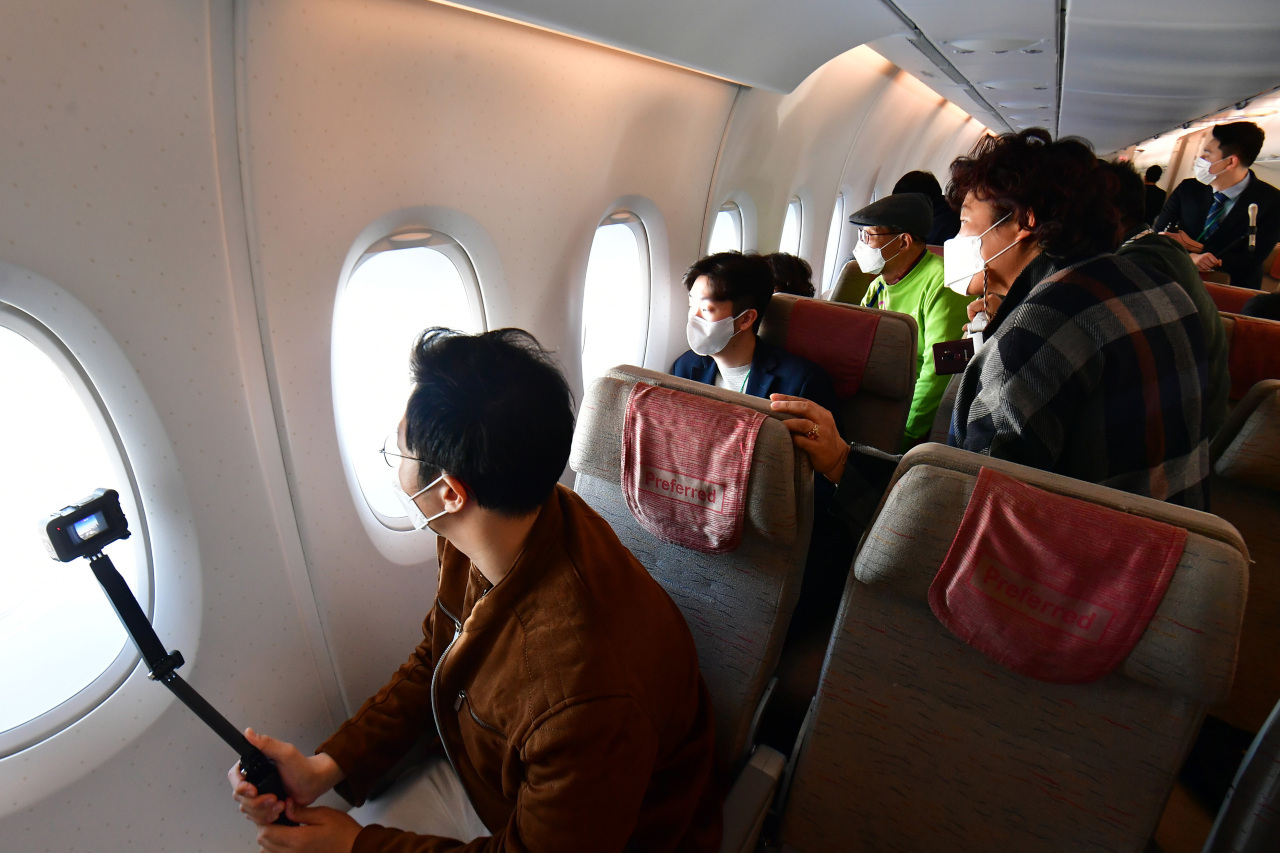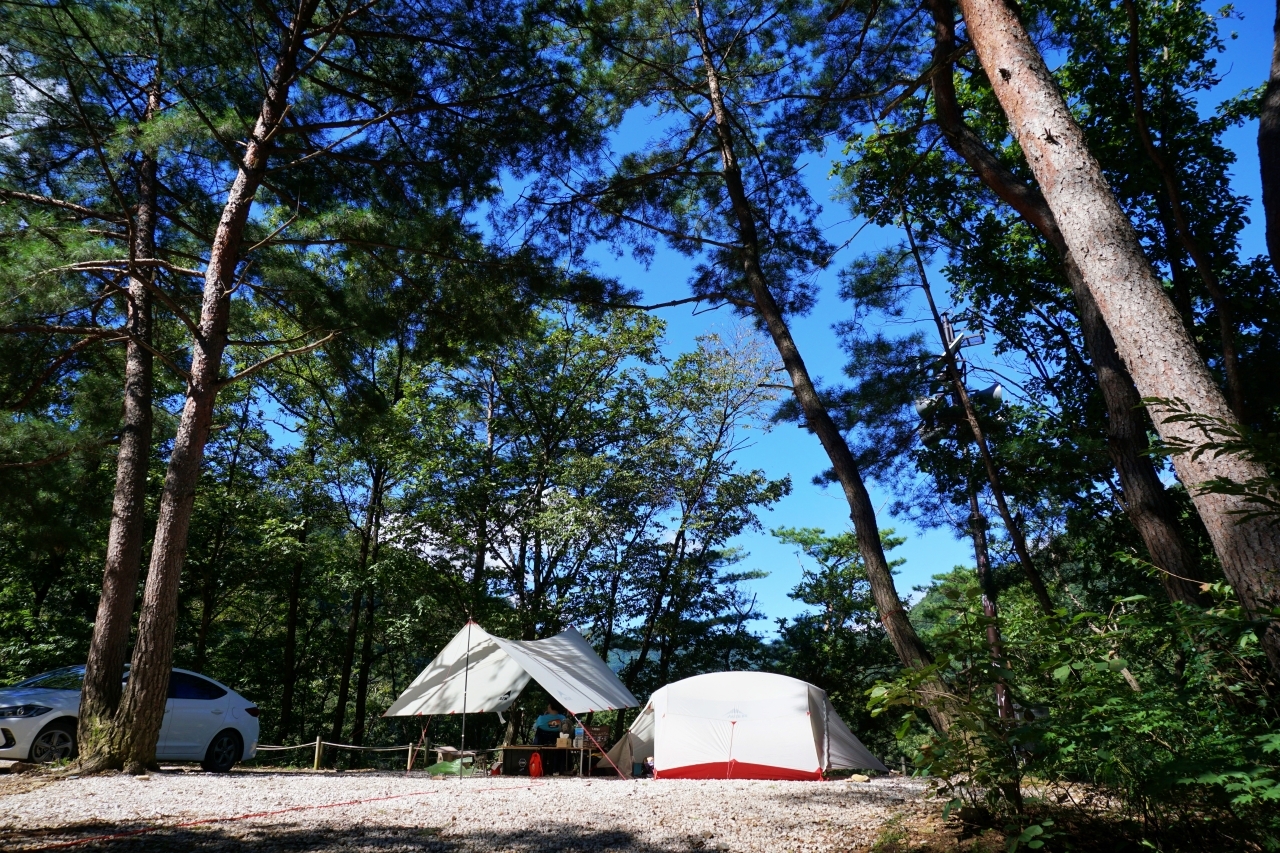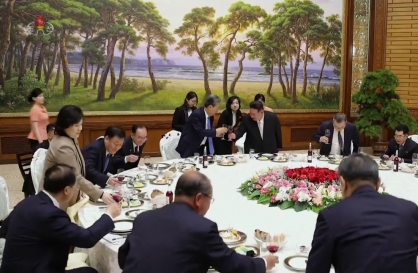
Korea Tourism Organization announced Wednesday, it labeled this year‘s domestic travel trends with the acronym BETWEEN, reflecting to the changes in the tourism industry sparked by the COVID-19 pandemic.
The KTO, affiliated with the Ministry of Culture, Tourism and Sports, analyzed travel-related big data processed by social media, mobile carriers and credit card processing firms from January to August.
Through the research, it was able to recognize how the tourism industry has been affected by changes in the perception of tourism in the times of the virus crisis.
The acronym stands for break, encourage, tie, wherever, enhance, expect and note.
“This observation analyzed how the overall tourism industry has been affected from various perspectives, looking at how tourists changed their travel patterns,” Kim Young-mi, the head of Tourism Big Data team at the KTO said.
“Through the travel big data platform which will open in February, we will reflect the results for the KTO’s projects through diverse analysis,” Kim said.
Break
The preexisting tourism industry is on the verge of a new paradigm, as travel-related content has decreased due to lower demand.
According to content keyword analysis for videos on YouTube, the share of the keywords related to overseas tourism decreased by 12 percent compared to the same period the year before.
However, the keyword share related to domestic tourism spots increased by 6 percent, and mentions on new forms of tourism, such as online travel, have increased. The KTO expects 2021 to be a year of crisis for the preexisting tourism industry and also a catalyst for new ways of traveling.
Encourage
Mentions of keywords related to wellness traveling increased. Though the keywords -- including contactless and camping -- have been on the rise for the past three years, there was a sharp increase in comparison with the year before. The KTO interpreted that such traveling may be a way of overcoming the coronavirus depression.
Tie
With the virus pandemic keeping people in their local areas, more are interested in short trips rather than long ones. According to analysis on data gathered by mobile carriers, migrations to close-by regions increased. The KTO deemed networking between nearby cities to be an important mission this year.
Wherever
Demand for new, unique travel destinations increased, along with curiosities for diverse tourism spots in Korea. An analysis on YouTube videos showed users mentioning islands and small cities, wishing to travel to areas without crowds and wanting to spend time alone.
The KTO, affiliated with the Ministry of Culture, Tourism and Sports, analyzed travel-related big data processed by social media, mobile carriers and credit card processing firms from January to August.
Through the research, it was able to recognize how the tourism industry has been affected by changes in the perception of tourism in the times of the virus crisis.
The acronym stands for break, encourage, tie, wherever, enhance, expect and note.
“This observation analyzed how the overall tourism industry has been affected from various perspectives, looking at how tourists changed their travel patterns,” Kim Young-mi, the head of Tourism Big Data team at the KTO said.
“Through the travel big data platform which will open in February, we will reflect the results for the KTO’s projects through diverse analysis,” Kim said.
Break
The preexisting tourism industry is on the verge of a new paradigm, as travel-related content has decreased due to lower demand.
According to content keyword analysis for videos on YouTube, the share of the keywords related to overseas tourism decreased by 12 percent compared to the same period the year before.
However, the keyword share related to domestic tourism spots increased by 6 percent, and mentions on new forms of tourism, such as online travel, have increased. The KTO expects 2021 to be a year of crisis for the preexisting tourism industry and also a catalyst for new ways of traveling.
Encourage
Mentions of keywords related to wellness traveling increased. Though the keywords -- including contactless and camping -- have been on the rise for the past three years, there was a sharp increase in comparison with the year before. The KTO interpreted that such traveling may be a way of overcoming the coronavirus depression.
Tie
With the virus pandemic keeping people in their local areas, more are interested in short trips rather than long ones. According to analysis on data gathered by mobile carriers, migrations to close-by regions increased. The KTO deemed networking between nearby cities to be an important mission this year.
Wherever
Demand for new, unique travel destinations increased, along with curiosities for diverse tourism spots in Korea. An analysis on YouTube videos showed users mentioning islands and small cities, wishing to travel to areas without crowds and wanting to spend time alone.

Enhance
Demand for trips with those closest, such as families, couples and friends, increased. According to the comments made on travel-related posts on social media, users thought of their families, friends and pets.
Mentions of package tours decreased in comparison to the year before. The decrease was interpreted to be a reflection of people’s anxiety in traveling with a large number of unspecified people.
Expect
Though it is difficult to enjoy traveling amid COVID-19 pandemic, data showed potential demand for traveling continues to exist. Compared to the year before, Likes on videos related to keywords such as online traveling and virtual traveling increased by 21 percent, while postings on the same keywords increased by 57 percent.
Note
New ways of traveling will be under the spotlight this year. People showed interest in staycations, working from hotels, substitute tour products such as flights to nowhere, mentioning them 240 percent more on social media compared to the year before.
By Im Eun-byel (silverstar@heraldcorp.com)
Demand for trips with those closest, such as families, couples and friends, increased. According to the comments made on travel-related posts on social media, users thought of their families, friends and pets.
Mentions of package tours decreased in comparison to the year before. The decrease was interpreted to be a reflection of people’s anxiety in traveling with a large number of unspecified people.
Expect
Though it is difficult to enjoy traveling amid COVID-19 pandemic, data showed potential demand for traveling continues to exist. Compared to the year before, Likes on videos related to keywords such as online traveling and virtual traveling increased by 21 percent, while postings on the same keywords increased by 57 percent.
Note
New ways of traveling will be under the spotlight this year. People showed interest in staycations, working from hotels, substitute tour products such as flights to nowhere, mentioning them 240 percent more on social media compared to the year before.
By Im Eun-byel (silverstar@heraldcorp.com)



















